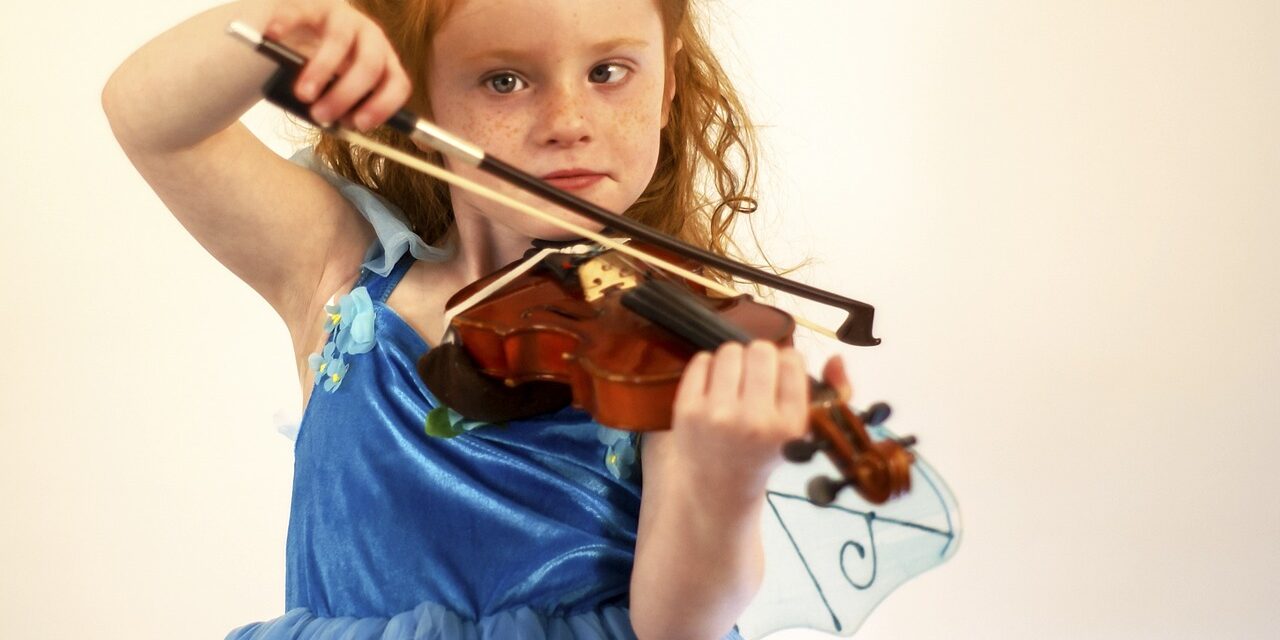When it comes to music, few instruments are as expressive and captivating as the violin. From its beautiful, velvety tone to its seemingly effortless vibrato, this stringed marvel has been a staple in classical music and beyond for centuries. With the right guidance and dedication, you too can unlock your potential and master the violin. In this article, we will explore the ins and outs of violin lessons and how they can help you grow as a musician.
Finding the Right Teacher
Arguably the most important aspect of learning any instrument is finding the right teacher. A qualified and experienced violin teacher will be able to tap into your unique strengths, identify areas for improvement, and provide constructive guidance throughout your learning journey. To find the right fit, you can ask for recommendations from friends, music stores, or online communities. Once you have shortlisted a few candidates, consider scheduling a trial lesson to gauge their teaching style and compatibility with your learning needs.
Individual vs. Group Lessons
Violin lessons can be taken either in one-on-one sessions or in group settings. Each comes with its own set of pros and cons – individual lessons allow for personalized attention and targeted instruction, while group lessons provide opportunities for camaraderie and ensemble playing. Your choice depends on your personal preferences and goals;
if you thrive on social interaction and peer support, group lessons may be an ideal choice. Conversely, if you prefer focused instruction tailored to your specific needs, individual lessons are likely the better option.
Lesson Frequency and Duration
An important factor to consider is how often and how long each violin lesson will be. Most teachers recommend weekly lessons, as this provides a good balance between instruction and independent practice. However, some students may benefit from more frequent lessons if they require additional guidance or are preparing for an important audition or performance. The duration of each lesson varies depending on the students age, level, and stamina. Beginners usually start with 30-minute lessons, gradually increasing in length as they advance.
Setting Goals and Expectations
Before starting your violin lessons, it is crucial to establish clear goals and expectations. Consider what you hope to achieve through your lessons, whether it be mastering a specific piece, improving your technique, or preparing for an examination or performance. Communicating these goals to your teacher will ensure that your lessons are tailored to your needs and that both you and your teacher are on the same page.
Essential Violin Techniques
Throughout your violin lessons, you will be exposed to various techniques that contribute to your overall musicianship. Some essential techniques include accurate intonation, mastery of various bow strokes, effective use of vibrato, and proper left-hand fingering. As you progress, you will also learn more advanced techniques such as shifting, double stops, and harmonics. Regular practice and feedback from your teacher will help you develop these skills and elevate your playing.
Music Theory and Sight Reading
In addition to violin techniques, lessons will also delve into aspects of music theory and sight-reading. Understanding how to read sheet music, recognize key signatures, and navigate various rhythms is vital to your growth as a musician. Music theory knowledge will deepen your appreciation for the music you play and enhance your interpretive skills. As you develop your sight-reading abilities, you will be able to quickly learn new pieces and perform with other musicians in ensemble settings.
Practice Makes Perfect
A key component of successful violin lessons is consistent practice. To get the most out of each lesson, it is essential to commit to a regular practice routine outside of your scheduled sessions. Aim for short, focused practice sessions daily, gradually increasing in duration as your stamina and skill level improve. By setting aside dedicated practice time, you will be able to hone your techniques, internalize your teachers guidance, and ultimately achieve your musical goals.
Conclusion: Embrace the Journey
Violin lessons are a rewarding investment in yourself and your musical passion. By finding the right teacher, setting clear goals, and committing to practice, you will unlock your potential and begin your journey towards becoming a skilled violinist. Remember that progress may be gradual, but with perseverance and dedication, the rewards of musicianship will be well worth the effort.






